Quinoa: The Majestic Superfood of the Andes
The Ancient Roots & Culture of a Modern Trend
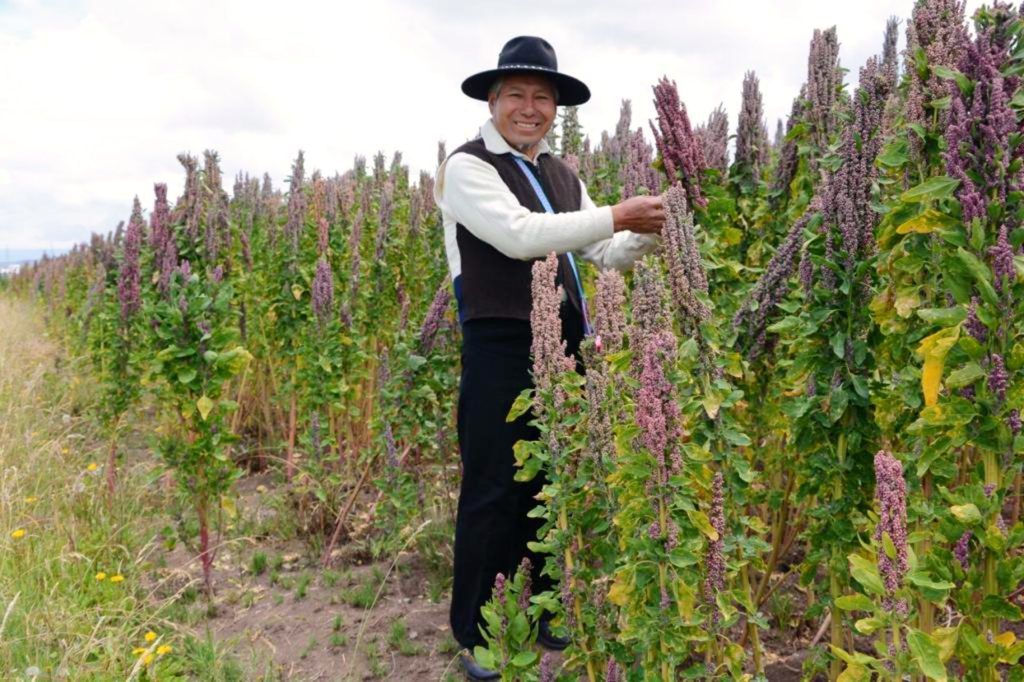
Quinoa, an increasingly popular modern-day superfood, is the foundation of indigenous culture and the diet of their societies throughout the Andean region of South America. Quinoa has a deep history rooted throughout Argentina, Bolivia, Chile, Colombia, Ecuador, and Peru. It flourishes in the most seemingly hostile conditions of the high Andes mountains.
The high-altitude plant grows at 3,600 meters above sea level and above. Here, it survives nightly frosts and daytime temperatures upwards of 40℃ (104℉). Quinoa thrives in climates where oxygen is thin, water is scarce, and the soil is so saline that virtually nothing else grows.
Indigenous Culture and History of Quinoa
Quinoa (pronounced keen-wah) is a pseudo-cereal, a seed of the spinach family. It masquerades as a cereal grain because its nutritional makeup is so similar. This useful and beautiful plant has leaves like spinach and seeds like grains.
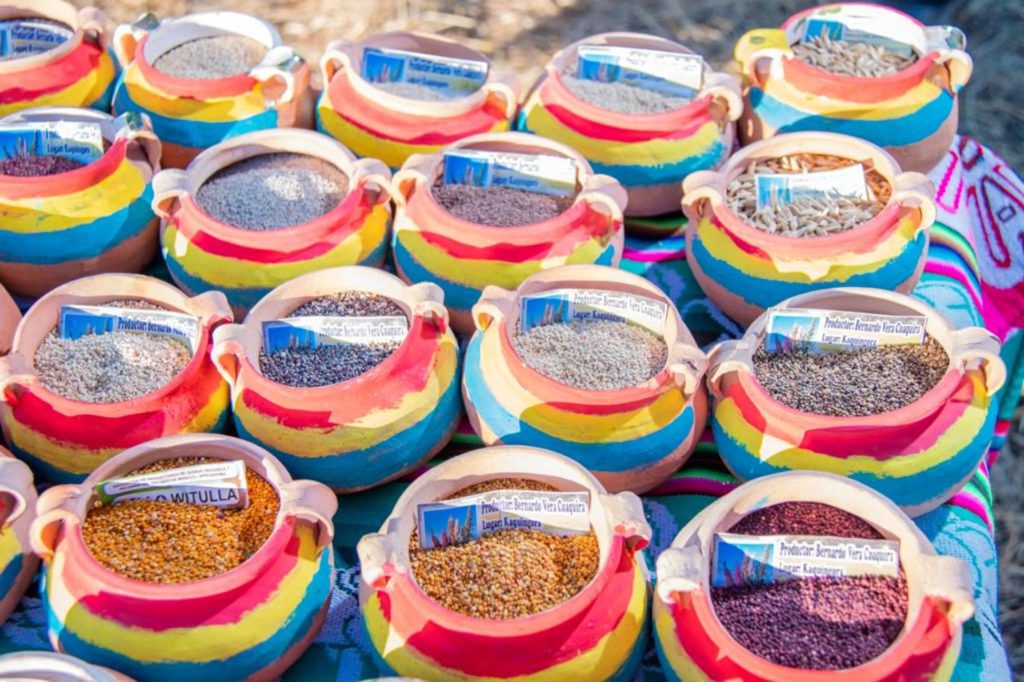
Quinoa has a majestic history among one of the most powerful civilizations on the American continent.
It originated with the Incas in the mountains of modern-day Bolivia, Chile and Peru where it has a part of the indigenous culture and cuisine for 5,000 to 7,000 years. Chisaya mama, or mother of all grains, was a sacred crop and a staple for the Incas. This gift from the gods is still a prominent food source for their indigenous descendants, the Quechua and Aymara people. Legend has it that the Incan emperor would ceremoniously break ground each year with a golden spade and plant the first quinoa seeds.
The Incas used it as a vegetable, consuming the leaves fresh or cooked. They combined it with other foods as part of a meal, such as in a soup, or roasted it and ground it to make flour, for bread, cakes, and cookies. They also fermented it for chicha, the drink of the Incas. This drink is a kind of political or social currency one that helps build and solidify relationships.
The Aymara Origin Story of Quinoa
According to legend, the Aymara could speak to the stars. One day, a star became enchanged by an Aymara boy and descended to earth. The boy and the star spoke for a long time. However, as the daughter of heaven, the star, with great sorrow in her heart, had to leave and return to the heavens.
The Aymara boy was also very sad and decided to find her. With the help of his best friend, the Andean condor, he flew through the skies until he found her. They were together for a long time. She fed him a tasty and nutritious golden grain. It was the grain of the gods–quinoa.
One day, the boy wanted to return to Earth because he missed his parents. She sent him back to earth with the wonderful grain so that his people could cultivate it. Since then, quinoa has been a staple food for many Andean peoples.
Conquering People & Diets
Historians attribute the success of the Incan empire, in part, to its ability to feed its population. Through wise cultivation, storage and distribution of native plants, including quinoa, potatoes and corn, the Incans were able to sustain their empire.
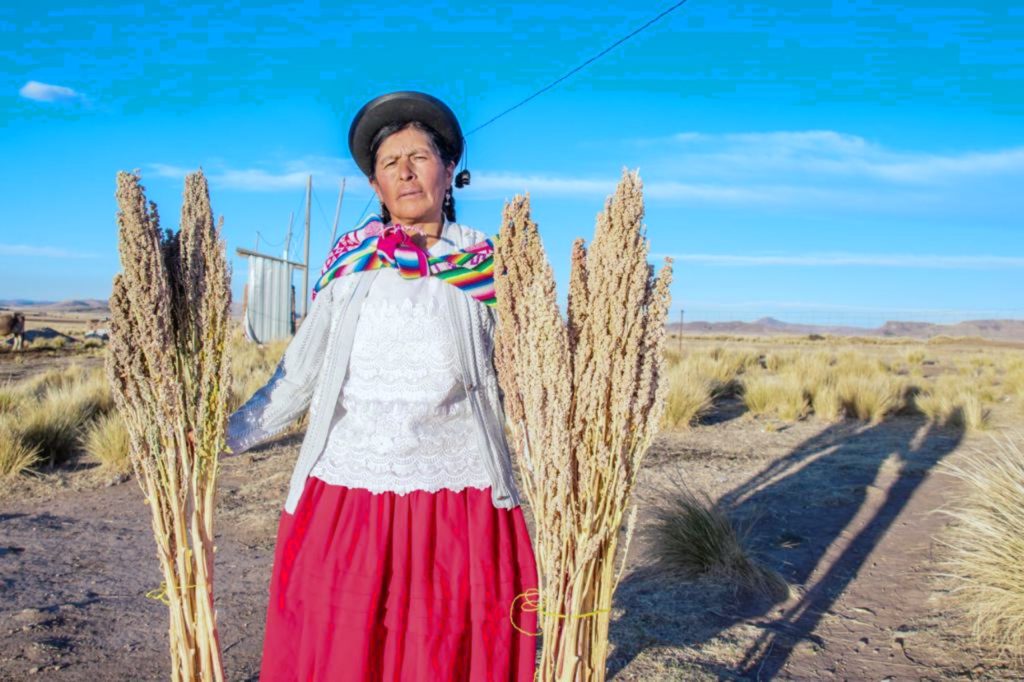
This would change with the arrival of the Spanish. Like many of the ancient grains, quinoa slipped into obscurity after the arrival of European conquerors. Explorer Francisco Pizarro, in his resolve to destroy Incan indigenous culture, destroyed quinoa fields and forced farmers to work in gold and silver mines. The colonizers removed quinoa and other native plants to make room for non-native crops. In place of native crops, they grew barley, wheat, oats, beans, and peas, violently altering centuries of agricultural culture and knowledge.
Only small amounts of quinoa survived high in the mountains, where the Quechua and Aymara people continued to cultivate it as a dietary staple. Colonizers associated quinoa with native populations, leading to an undesirable perception of the seed. They saw it as belonging to the lower class. However, these populations depended on it as a major source of protein, and it often took the place of meat in their diet.
Quinoa Today
The crop remained in obscurity until the 1970s, when it arrived on the international market in a globalized world. Suddenly, through good marketing, quinoa became a superfood. The FAO of the United Nations designated it as a possible solution to world hunger based on its high nutritional value. The quinoa seed has 20 amino acids and twice the quantity of proteins than many other cereals. Quinoa also boasts a wide range of minerals, vitamins, fiber, protein, antioxidants, and high-quality starch.
The UN also declared 2013 as a year of recognition and celebration of quinoa and the indigenous culture and communities that produce it.
“For years [quinoa] was looked down on just like the indigenous movement. To remember that past is to remember discrimination against quinoa and now after so many years it is reclaiming its rightful recognition as the most important food for life.” —Evo Morales, President of Bolivia, 2006-2019
Interested in quinoa and other ancient grains? Have a look through our producers to see who has what!

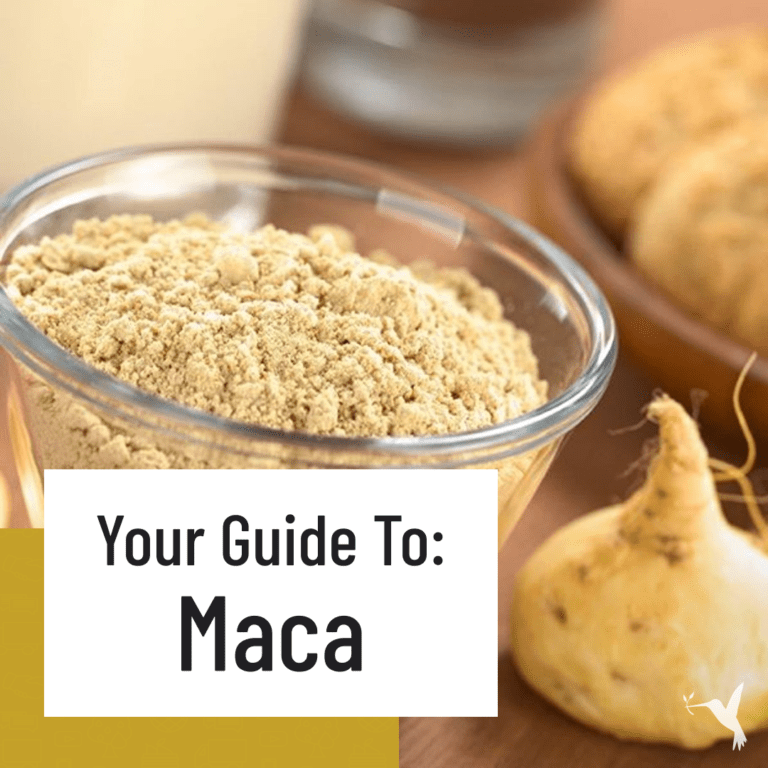
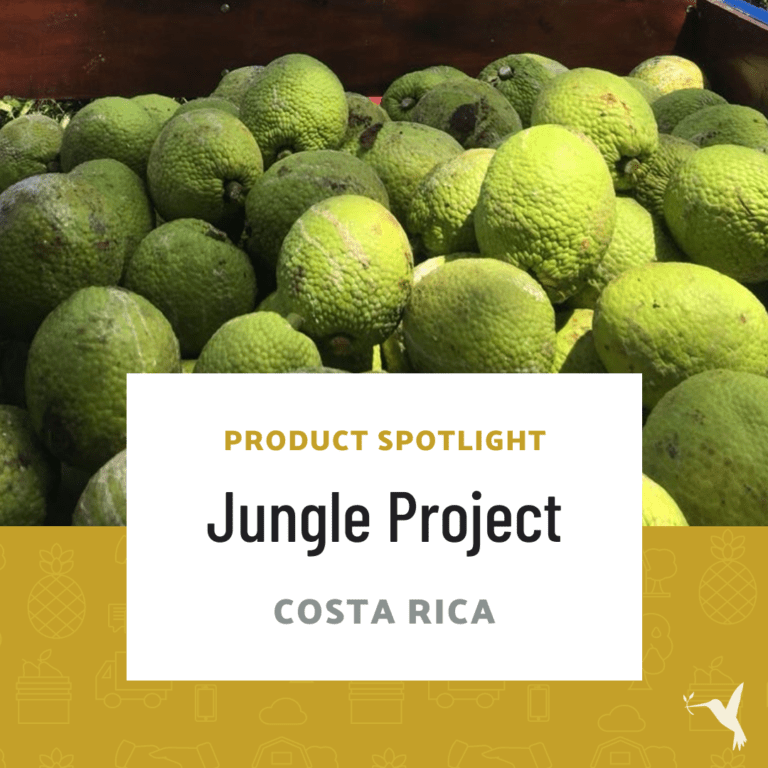
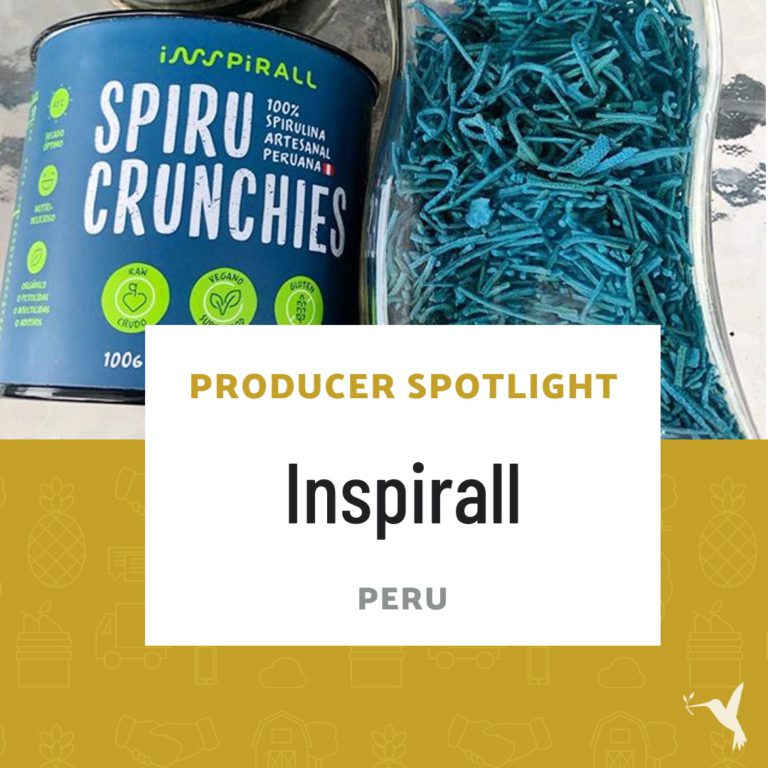
1 comment
Excellent